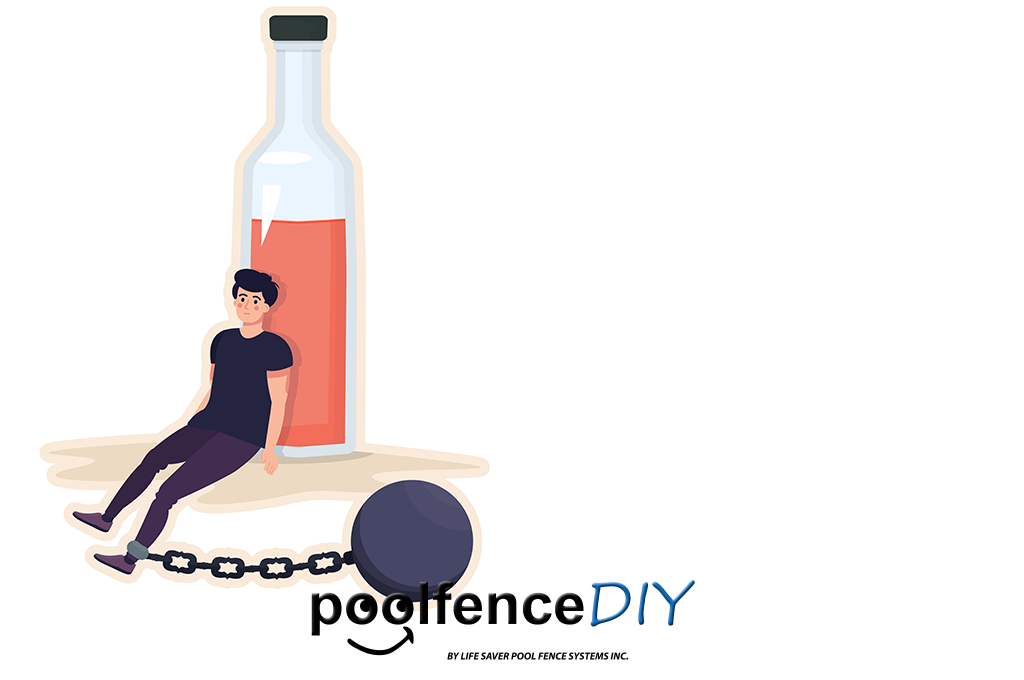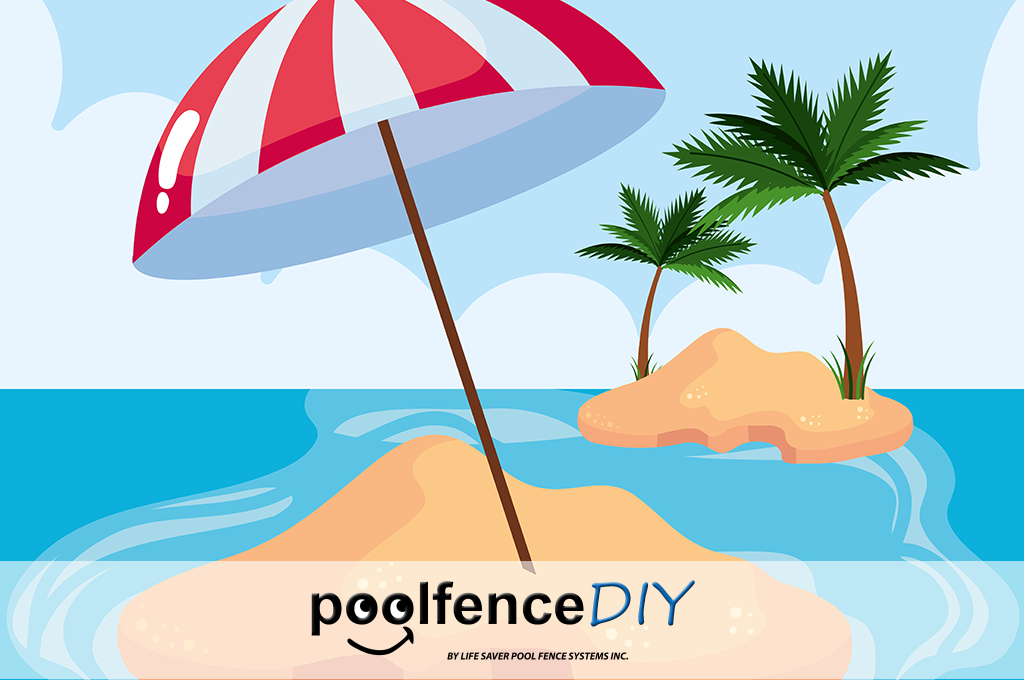When walking in or near water, many people like to wear some protective footwear. Most of the time on this DIY safety blog, we talk about serious hazards. Today, we’re mostly talking about avoiding discomfort. Let’s talk about the differences between flip-flops and water shoes.
Footwear for the Beach or Pool
Drowning is still a constant danger. It happens quickly and often silently. You can learn all the facts about unintentional drowning
directly from the CDC. But as we mentioned, we’re not going to be talking about extreme drowning safety today. Sure, losing your footing can get you into a lot of trouble. Falling into a pool unexpectedly can bring about injuries or drowning danger. Fortunately, we’ve detailed plenty of articles about
diving safety and
slippery floors. You can read both of these stories and many more in our blog archives.
Instead, today let’s talk about our feet.
Flip-Flops
If you love the beach, chances are high that you already own a pair or two of flip-flops. For one, these shoes are very inexpensive. If you lose them, they’re easy to replace. They are also easy to slip on and off. If you are taking a sudden walk across a rocky beach, they can make it much easier on your tender feet than if you were barefoot.
Of course, for all their benefits, flip-flops do not usually offer much grip. These shoes are often flat and featureless. They’re designed for convenience instead of utility. If you’re trying to run, play volleyball or even stay aboard a boat, flip-flops can quickly send you tumbling. They’re a good option in a pinch, but if you’re looking for more protection, this is where water shoes excel.
Water Shoes
Flip-flops only cover the soles of your feet and can easily slip off. You can also scratch or stub your toes quite easily in them. As an alternative, water shoes cover your entire foot. They wrap your entire foot, as a normal pair of shoes would. Now, they’re nowhere near as protective as regular “dry” sneakers, but who wants to wear bulky shoes to the beach or get sand and water in your everyday footwear? Instead, water shoes definitely get the job done. The thick soles of the water shoes will protect your feet, while providing some much-needed traction. That’s true both in and out of the water. As you can easily see from their design, water shoes are built to prevent unnecessary slips or falls.
Drying Off
Now, on dry land, regular shoes can really help to protect your feet. In the water, that’s a different story. Contrary to sneakers, water shoes won’t just get immediately water logged. Both water shoes and flip-flops dry quickly in the sun. That’s perfect for most of us taking a trip to the pool. However, if you’re spending the full day at the beach, water park or pool, water shoes are your best bet. They are designed for all-day wear and tear. Unlike flip-flops, they provide proper protection
and traction. The choice is clear.





